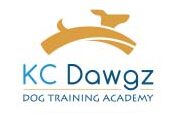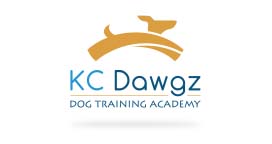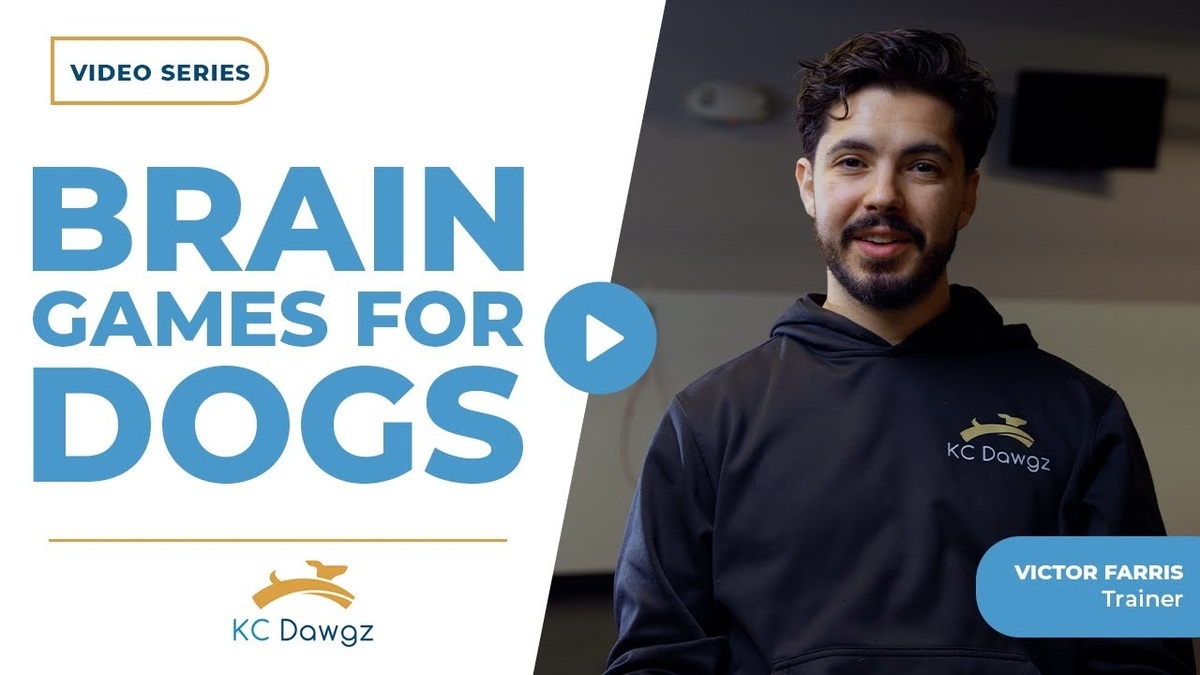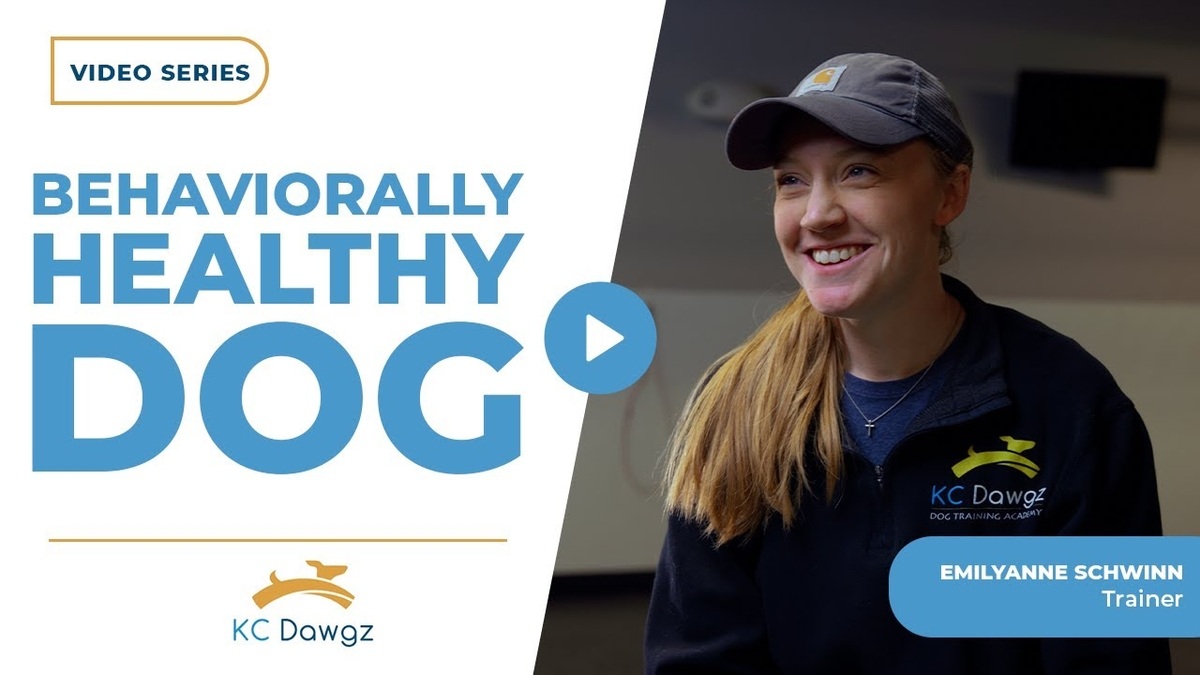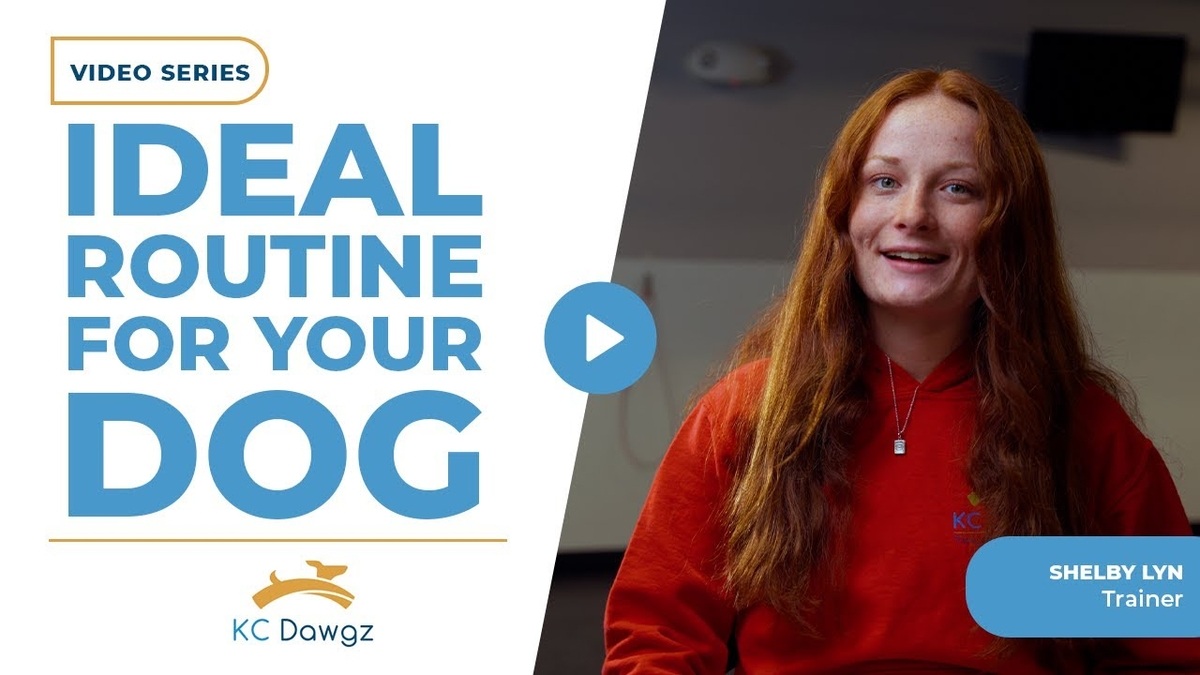Forget about shouting or endless treat bribes to get your dog’s attention! The right dog training collar can transform the way you communicate with your four-legged friend. Whether you’re dealing with a stubborn pup who loves to chase squirrels or a curious doggie that ignores your calls at the park, a training collar could be the solution you need. Here, we’ll explore how to use a dog training collar effectively, ensuring a well-behaved and happy pet.
What is a Dog Training Collar?
A dog training collar can be classified as anything used to train a dog. This includes flat collars, prong collars, and remote collars. At the core, these collars are tools to reinforce behaviors rather than teach them. It’s essential to balance the use of these collars with positive reinforcement like treats, pets, or play to ensure your dog understands what is expected of them.
Purpose of Training Collars
The primary purpose of dog training collars is to reinforce behaviors that your dog has already learned. These collars are not used to teach new behaviors but to ensure that the dog performs the desired behaviors consistently. For instance, if your dog knows the command to “sit” but occasionally ignores it, a training collar can reinforce the command and improve compliance.
Considerations for Using Training Collars
The effectiveness of dog training collars depend on several factors:
- Consistency: Both you and your dog must be consistent. You need to use the collar every time the behavior needs reinforcing, and your dog must understand the consistent consequences of their actions.
- Timing: The timing of the correction is crucial. The dog must understand why they are receiving the correction and what behavior it is linked to.
- Positive Reinforcement: Always balance corrections with positive reinforcement. This ensures that your dog understands what they are supposed to do and not just what they shouldn’t do.
Proper Introduction of Training Collars
Introducing a training collar should always be done under the guidance of a professional. A professional can ensure that your dog understands what’s happening and help you use the collar correctly. It’s crucial never to use a training collar to work a dog through confusion. Instead, use it to reinforce already understood commands.
Choosing the Right Training Collar
Selecting the right training collar for your dog depends on various factors, including your dog’s temperament, size, and specific training needs. Here are some tips to help you choose the best collar:
- Flat Collar: Ideal for basic training and everyday use.
- Prong Collar: Useful for strong, stubborn dogs that need more correction.
- Remote Collar: Provides the ability to correct your dog from a distance, making it ideal for off-leash training.
Consulting with a professional, like those at KC Dawgz, can help you determine the best collar for your needs.
How Long Should a Dog Use a Training Collar?
The duration for which your dog uses a training collar varies. It depends on the consistency of your training and the dog’s ability to perform the behaviors without outside influences. The goal is to eventually have your dog respond to commands without needing the collar.
Steps for Using a Dog Training Collar
- Start with Professional Guidance: Have a professional show you how to introduce the collar.
- Introduce the Collar Gradually: Let your dog wear the collar without any corrections initially to get used to it.
- Combine with Positive Reinforcement: Use treats, pets, and play to reinforce good behavior.
- Correct at the Right Moment: Ensure your corrections are timely so your dog understands the behavior being corrected.
- Consistency is Key: Be consistent in your training to help your dog understand and follow the commands.
In Summary
Using dog training collars can be an effective way to reinforce desired behaviors and ensure a well-trained dog. Remember, it’s essential to balance corrections with positive reinforcement and to introduce the collar under professional guidance. For personalized advice and to find the right collar for your dog, contact us at KC Dawgz.
